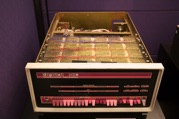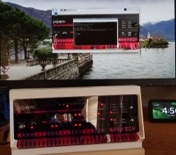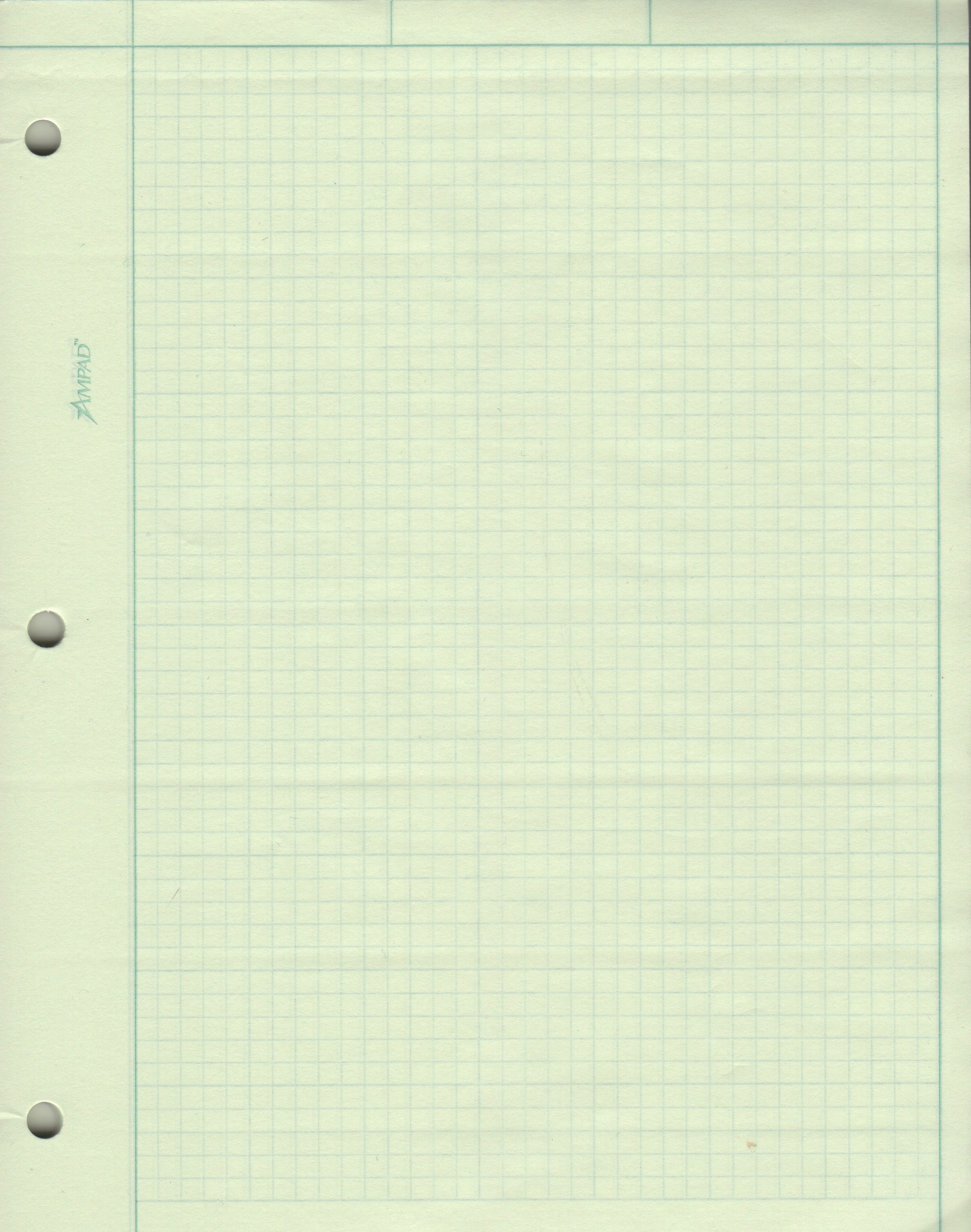Tim Mikkelsen's Raspberry Pi Projects
2021-02 DEC PDP-11 emulator
Description:
The PDP-11 was one of the really cool/powerful mini-computers I used in college. This project was building a DEC PDP-11 emulator running on a Raspberry Pi. (Like the PDP-8 project on another page.)
The PDP-11 is a series of 16-bit minicomputers sold by Digital Equipment Corporation (DEC) from 1970 into the 1990s, one of a set of products in the Programmed Data Processor (PDP) series. In total, around 600,000 PDP-11s of all models were sold, making it one of DEC's most successful product lines. The PDP-11 is considered by some experts to be the most popular minicomputer.
The PDP-11 included a number of innovative features in its instruction set and additional general-purpose registers that made it much easier to program than earlier models in the PDP series. Additionally, the innovative Unibus system allowed external devices to be easily interfaced to the system using direct memory access, opening the system to a wide variety of peripherals. The PDP-11 replaced the PDP-8 in many real-time applications, although both product lines lived in parallel for more than 10 years. The ease of programming of the PDP-11 made it very popular for general-purpose computing uses as well.
The design of the PDP-11 inspired the design of late-1970s microprocessors including the Intel x86 and the Motorola 68000. The design features of PDP-11 operating systems, and other operating systems from Digital Equipment, influenced the design of operating systems such as CP/M and hence also MS-DOS. The first officially named version of Unix ran on the PDP-11/20 in 1970. It is commonly stated that the C programming language took advantage of several low-level PDP-11–dependent programming features, albeit not originally by design.


